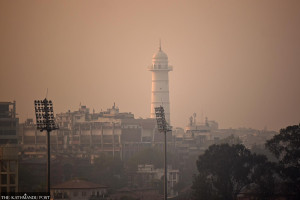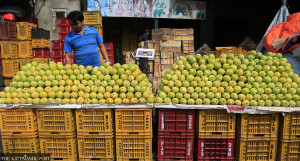Editorial
Missing the forest
Kathmandu Metropolitan City and the Social Development Ministry of Province 5 are devising a plan that will require all students, regardless of whether they attend public or private schools, to wear the same uniform.
Kathmandu Metropolitan City and the Social Development Ministry of Province 5 are devising a plan that will require all students, regardless of whether they attend public or private schools, to wear the same uniform. They believe this will help create a ‘culture of inclusivity and equality’. Sitaram Koirala, head of the education section of Kathmandu Metropolitan City, endorsed the idea. “Parents often have to buy a new set of uniforms when their children change schools. This rule will relieve them of the burden. Having the same uniform in all schools will also discourage the commission culture,” he said. In addition to the standardised uniforms, the Social Development Ministry has floated the idea of devising the same curriculum for all schools in Province 5.
Having school uniforms is not entirely a bad idea in a society like ours where there is palpable inequality. Dress codes help conceal visible and wearable markers that indicate social status to a certain extent, at least within a certain premise for a certain period of time. But is this issue worth all the mounting energy and attention?
Our schools are stuck in mediocrity. Barring a few exceptions, most lack a culture of excellence. These schemes, while effective to a certain extent, are often the wrong sort of change we are seeking. The local and provincial governments’ strategies for change should be focused on what works well for the students and society at large in the long run. For example, improving the quality of teaching, addressing rampant teacher absenteeism, prioritising support for disadvantaged children, and investing in school infrastructure could be much more helpful.
For starters, having access to education, enhancing its quality, and decreasing the dropout rate warrants much more attention than having a mere dress code throughout the province. In fact, a report published by the Centre for Education and Human Resource Development 2017 revealed that only 74.3 percent of the children enrolled in the first grade reach the fifth grade, while 45 percent quit school before completing basic education. Just about 40 percent of the students reach the 10th grade.
Attention could also be redirected towards another pertinent issue: the public-private divide. Rather than aesthetically uniting public and private students through a dress code, provincial officers should focus more on bridging the infrastructural divide between public and private schools. Lack of public-private partnership continues to limit the opportunities for growth in the education sector in the country, and addressing this widening rift is a long overdue endeavour.
Actual inequality stems not from what the students are wearing but from the quality of education they are receiving. The education standards will subsequently impact earning capacity. And at a more macro level, extreme inequality can affect economic growth. This is where the government’s focus should be. In schools, teachers are placed at the driving school of innovation. Given that, retaining teachers and developing their skills becomes nonnegotiable. The Education Ministry should focus on training teachers throughout their careers. In fact, this is what happens in countries with the highest standards of school achievement.




 21.63°C Kathmandu
21.63°C Kathmandu














